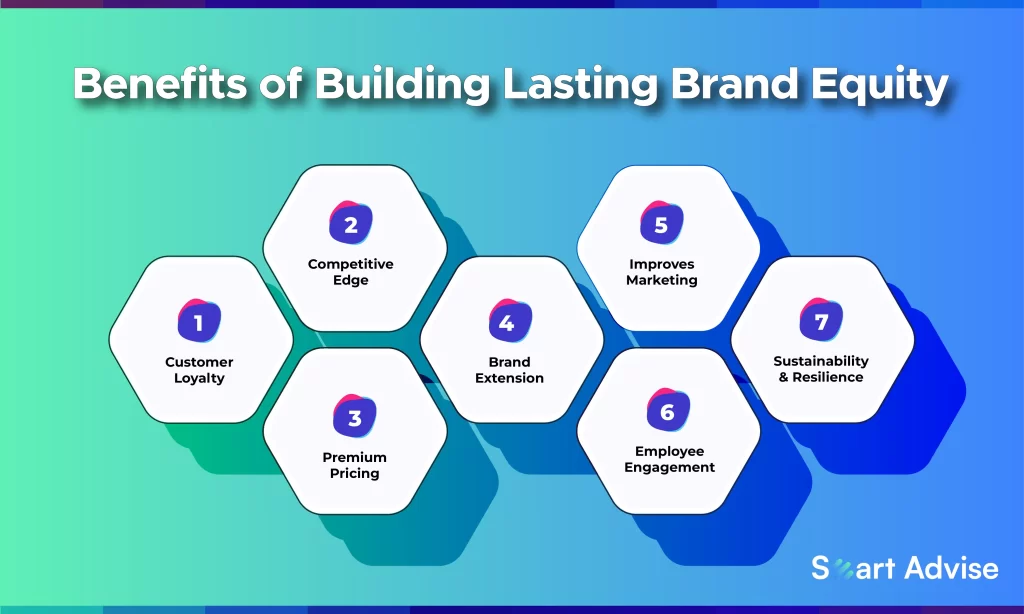
Meeting the needs of customers is an absolute requirement for any brand to succeed in today’s fiercely competitive business world. This is where market research plays a pivotal role.
Why Market Research?
Market research involves gathering and analyzing information about customers, competitors, and the overall market to make informed business decisions. It provides valuable insights that enable organizations to understand their target audience, create effective marketing strategies, and ultimately build substantial brand equity.
What is Customer-Based Brand Equity?
Customer-based brand equity refers to the value that customers associate with a particular brand. It encompasses their perceptions, attitudes, and experiences with the brand, as well as their overall reputation and identity. Developing and maintaining positive customer-based brand equity is essential for businesses, leading to increased customer loyalty, higher market share, and greater profitability.
The Importance of Market Research in Building Brand Equity
Market research serves as the foundation for building brand equity. By conducting research, companies understand their target market deeply, including their preferences, needs, and buying behavior. This knowledge enables organizations to tailor their products, services, and marketing efforts to effectively meet customer demands, resulting in more vital brand positioning and differentiation.

Benefits of Building Lasting Brand Equity
Creating a strong brand identity can bring several advantages to businesses. Here are some of the most significant benefits:
- Customer Loyalty: Brand equity creates a strong bond between the brand and its customers. When customers positively perceive a brand, they are more likely to become loyal and repeat purchasers. This loyalty translates into long-term customer relationships, increased customer retention rates, and reduced customer acquisition costs.
- Competitive Advantage: A brand with substantial equity enjoys a competitive edge over its rivals. It becomes difficult for competitors to replicate the intangible aspects of a well-established brand, such as reputation, customer trust, and emotional connection. This can lead to increased market share and the ability to charge premium prices.
- Price Premium: Brands with high equity can command higher prices for their products or services. Customers often pay a premium for brands they perceive as superior or trustworthy. This pricing power contributes to higher profit margins and greater financial success for the business.
- Brand Extension Opportunities: Building brand equity opens up opportunities for brand extensions. A brand with a positive reputation and strong associations can successfully introduce new products or expand into new markets. Customers are more likely to try new offerings from a brand they already trust, which reduces the risk associated with product launches.
- Improved Marketing Efforts: Strong brand equity simplifies marketing efforts. With an established brand identity, businesses can effectively communicate their value proposition, differentiate themselves from competitors, and build emotional connections with their target audience. This results in more effective marketing campaigns and a higher return on investment (ROI) for marketing activities.
- Employee Engagement and Recruitment: Brands with a positive reputation and substantial equity can attract top talent. Employees are often proud to work for well-regarded brands, and this sense of pride and purpose leads to higher employee engagement and productivity. In addition, strong brands can more easily recruit new employees excited about the opportunity to work for a recognized and respected company.
- Resilience in Times of Crisis: Brands with lasting equity are better equipped to weather crises and uncertainties. When faced with challenges or negative events, a brand with a strong foundation of trust and loyalty is more likely to retain customers’ support and bounce back quickly. This resilience helps maintain market share and mitigates potential long-term damage to the brand’s reputation.
Types of Market Research
Market research encompasses various methodologies and approaches to gathering data. These include primary research, such as surveys, interviews, and focus groups, as well as secondary research, which involves analyzing existing data from credible sources. Additionally, technological advancements have expanded the scope of market research, with methods like social media listening, web analytics, and data mining providing valuable insights into consumer sentiment and behavior.
1) Conducting Effective Market Research
To ensure the accuracy and reliability of market research, it is essential to follow a systematic and well-defined process. This includes defining research objectives, selecting appropriate methodologies, developing research instruments, collecting data, and analyzing the findings. Proper sampling techniques and statistical analysis are crucial in obtaining representative and actionable results.
2) Analyzing and Interpreting Market Research Data
Once the data is collected, it needs to be carefully analyzed and interpreted to derive meaningful insights. This involves using statistical tools, qualitative analysis techniques, and data visualization to identify patterns, trends, and correlations. By understanding the findings, organizations can uncover opportunities, address gaps in the market, and refine their branding and marketing strategies.
3) Applying Market Research to Build Customer-Based Brand Equity
Market research findings serve as a guide for businesses to develop effective strategies to build customer-based brand equity. These insights help shape product development, pricing strategies, communication channels, and promotional activities. By aligning these aspects with customer preferences and market trends, organizations can create a compelling brand experience that resonates with their target audience, fostering brand loyalty and advocacy.
4) Case Studies of Successful Brand Equity Building Through Market Research
Several successful brands have utilized market research to build strong brand equity. For example, Apple’s market research played a significant role in understanding consumers’ desires for sleek design, user-friendly interfaces, and seamless integration. This understanding allowed them to create innovative products that captured customers’ attention and built a loyal following.
5) Challenges and Limitations of Market Research
While market research is a valuable tool, it has challenges and limitations. Gathering accurate data can be time-consuming and expensive. Additionally, a variety of external factors can have an impact on complex consumer behavior. There is always a degree of uncertainty involved in accurately predicting market trends and consumer preferences. Additionally, biases and limitations in research methodologies can impact the reliability and validity of the findings.
Editor’s Note
Market research is indispensable for organizations seeking to build lasting brand equity. It enables businesses to understand their target audience, identify opportunities, and develop effective strategies that align with customer preferences and market trends.
Building lasting brand equity requires consistent effort, investment, and a focus on delivering value to customers. However, the benefits of a strong brand can provide a competitive advantage and contribute significantly to the long-term success of a business.
Investing in a comprehensive market can help build brand awareness and equity. We would be happy to help you with this process!